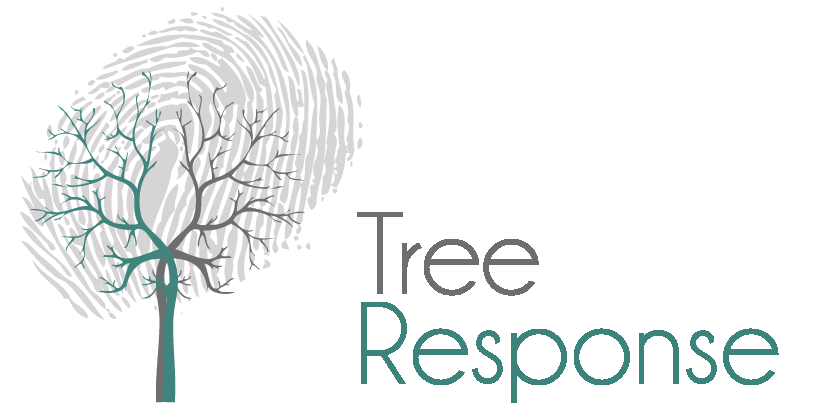Tree Cabling & Bracing Services
Trees may develop structural defects for various reasons - poor genetic traits (bark inclusions, poor branch taper, canopy asymmetry), adverse weather conditions, mechanical wounding, decay, pests and diseases, poor canopy management.
Installation of cable and bracing provides structural support for trees which may otherwise need to be removed.
We recommend that all cabling and bracing is done in conjunction with remedial pruning to provide overall canopy management.
Types of Cabling and Bracing
Dynamic Cabling
The dynamic cabling (Cobra Cable®) system provides support for trees with structural defects. Dynamic cabling is a non invasive method, allowing the tree to naturally self optimise whilst providing the additional support needed. Dynamic cabling is most effective when installed correctly by a qualified arborist, and should be inspected every 2 to 3 years.
Static Cabling
Static cabling is generally installed in trees requiring structural support. Static cabling utilises a steel cable which is anchored into the tree to provide constant support to the compromised trunks/branches. This method is best employed in trees that need more rigid support whilst minimising movement. Static cabling is an invasive method and assessment of a tree’s tolerances to wounding and decay should be conducted prior to installation.
Bracing
Bracing is used in circumstances where trees have branches or trunks that have split or cracked. It involves installation of steel rods through the unions of split/cracked sections to secure and prevent tree failure.



